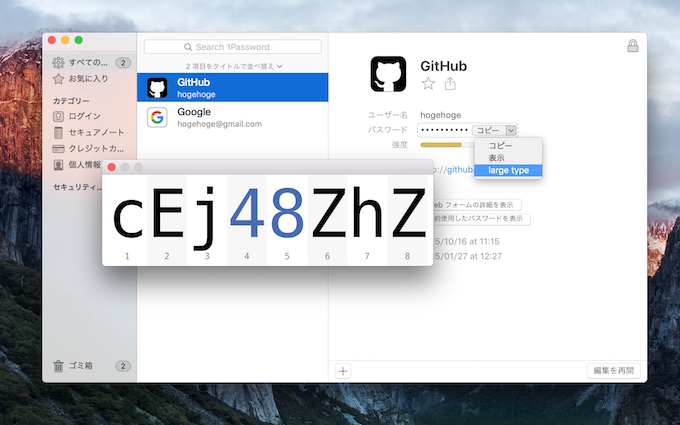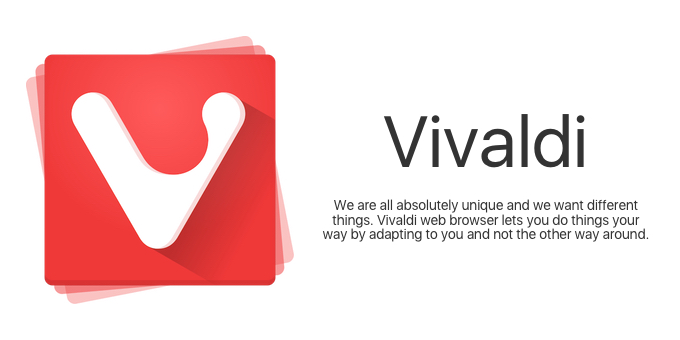A free and open source password manager that keeps all of your passwords safe in one. 1Password gives you an option to store and sync your 'vault' of passwords and other sensitive information locally (in other words, only on your own devices) without using the service's cloud servers. In the 1Password application, go to Preferences-Browsers and click on the Install Browser Extension button. Then click on the green Install button on the web page that just opened in Vivaldi. This should give you the correct version of the browser extension for your 1PW beta app.
Vivaldi 1password Plugin


Set up filling
Before you can set up filling, you’ll need to set up 1Password on your device. Then follow these steps:
Extensions in Vivaldi. Although Vivaldi aims to provide as much built-in functionality as possible, many users further fine tune the browsing experience using extensions. Because Vivaldi is built using the Chromium web browser project, extensions available in the Chrome Web Store can also be installed in Vivaldi. In some instances, extensions. Hold down the Control and Option keys on your keyboard and choose 1Password Quit 1Password Completely from the menu bar. Open 1Password again.
- Open and unlock 1Password.
- Tap Settings > Autofill.

You can create new Login items in apps and browsers on any Android device. Depending on your version of Android, you’ll also see different filling options available:
| Version | Feature | Action |
|---|---|---|
| Android 8 or later | Autofill | Fill and save in apps and supported browsers* |
| Accessibility | Fill in browsers | |
| Android 5-7 | Accessibility | Fill in apps and browsers |
1password Extension Vivaldi
* Supported browsers include DuckDuckGo, Firefox, and Firefox Focus.
Expressions. To turn on Autofill, tap it. In the list of Autofill services, tap 1Password, then tap OK.
To turn on Accessibility, tap it. In the list of accessibility services, tap Use 1Password and turn it on. Tap Allow, then tap to go back.
Important
If your Android device doesn’t support Direct Boot, turning on any accessibility service will turn off device encryption. To turn on device encryption again, learn how to encrypt your Android device.
Fill, save, and create passwords
To fill, save, or create a password, visit a website or open an app you want to sign in to, then follow these steps.
Fill a login
With Autofill and Accessibility, you can fill in apps and browsers. To fill a login:
- Tap the username field.
If you see “Autofill with 1Password”, tap it.
- Tap the Login item you want to fill. If there are no matches, tap Search 1Password.
- Sign in to your account.
Every Android app has a unique application ID. If a Login item doesn’t include an application ID that matches the app where you’re trying to fill it, 1Password will warn you. To create a Login item that includes the application ID, save it using Autofill.
Save a login
With Autofill, you can also save passwords in apps and supported browsers. To save a login:

- Enter your username and password, then sign in.
- Tap Save when you see “Save username and password to 1Password?”
- Enter a title for your Login item, choose the vault where you want to save it, then tap Save.
Create a new login
You can also sign up for new accounts in apps and browsers on any Android device. To create a new login:
- Tap the username or password field, then tap “Autofill with 1Password”.
- Tap “Create a new login”, then enter your username.
- Tap next to the password field and adjust the settings for your new password.
- Tap Next when you’re finished, then tap Save and finish signing up for your account.
Get help
If you have an item in 1Password that’s not appearing in your browser, edit the item to make sure its website field matches the site you’re visiting.
If you can’t fill your details for a website or app, you can use split-screen mode to drag and drop your item details instead. Learn how to use split-screen mode with Android 7 or later.
Learn more
Next steps
You can also fill passwords:

